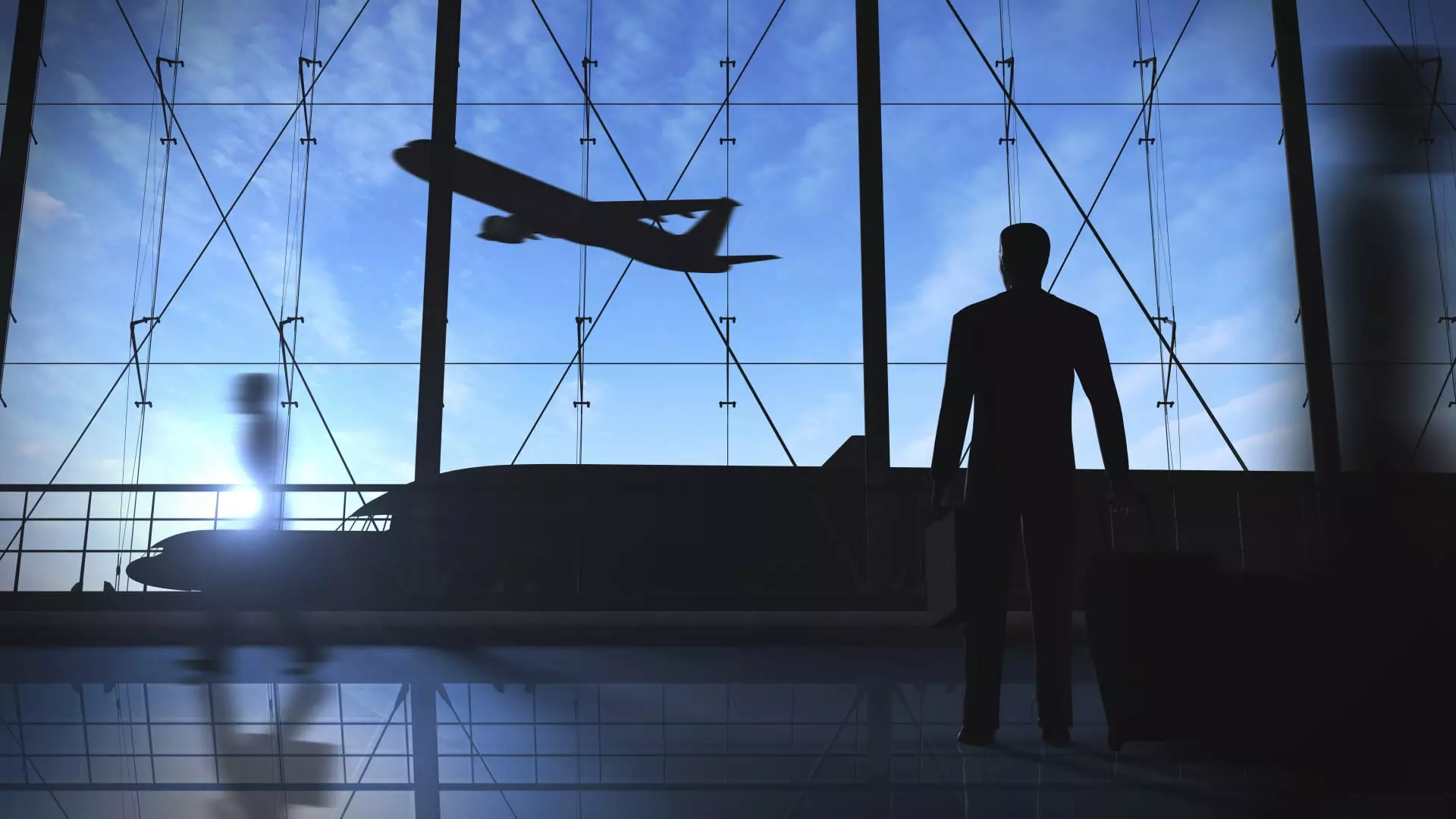Despite optimistic headlines hinting at a burgeoning recovery, the reality shimmering behind the corporate travel sector is far more fragile than it appears. The recent surge in business travel spending—up 15% year-over-year in the second quarter of 2025—might sound impressive. Yet, this figure belies deeper concerns simmering beneath the surface. Leaders are increasingly navigating a landscape riddled with uncertainty, economic turbulence, and geopolitical tensions that threaten to undo the veneer of stability. Corporate leaders are not confidently expanding their travel budgets; rather, they are cautiously maintaining activity, often with strategic and reluctant increments that offer little reassurance about the industry’s sustained strength.
The core issue is that corporations are erratically curating their travel policies in response to fluctuating macroeconomic signals. They are no longer driven purely by growth ambitions; instead, they operate in a persistent state of “wait and see,” an uncomfortable limbo created by trade tensions, unpredictable policy changes, and inflationary pressures. This cautious approach, while seemingly prudent on paper, risks breeding complacency and masking fundamental vulnerabilities. Underpinning this hesitancy is a systemic question: Are these stabilizations genuine, or are they mere stopgaps before a more severe downturn?
Shifting Priorities: The Strategic Reshaping of Business Travel
Rather than scaling back outright, corporations are reshaping how they allocate travel resources—a subtle but consequential pivot. The focus has shifted from large, costly group excursions to targeted, high-impact meetings that promise measurable returns. The rise in expenditures for one-on-one meals exemplifies this pragmatic approach to relationship building, reflecting an awareness that quality trumps quantity in a cautious environment. At the same time, spending on team events, which often involve larger gatherings and expenses, is contracting. This selective expenditure underscores a cautious optimism—businesses recognize the importance of face-to-face interaction but are sincerely trying to maximize value amid constrained budgets and looming economic headwinds.
Add to this the declining trend in high-priced airline tickets, once a symbol of corporate extravagance, which has now become a strategic decision driven by economic pragmatism. Although some reports suggest that premium cabin purchases have begun to accelerate again as uncertainty lessens, the overall decline in airfare prices indicates that companies—and consumers—are still deeply sensitive to economic shifts. It’s no coincidence that airticket prices fell by 3.5% in June, aligning with broader inflation trends, attesting to a cautious reassessment of cost versus benefit.
The Illusion of Confidence: Leading with Caution, Not Optimism
Leaders in the airline industry seem to echo this paradox: they caution that the supposed rebound is a fragile illusion, sustained only by temporary factors and tactical adjustments. Delta’s CEO Ed Bastian, for example, admits that corporate travel remains “flat” year-over-year without any genuine resurgence. Meanwhile, others like United’s Scott Kirby highlight that demand is improving but remains uneven, and largely confined to specific hubs or sectors. This unevenness signals that underlying macroeconomic uncertainty still hampers broader growth prospects, regardless of superficial signs of recovery.
Even the optimistic voice in the industry—GBTA CEO Suzanne Neufang—recognizes a critical shift: “Gone are the days when there’s really frivolous business traveling.” While this is presented as a mark of maturity, it also signals that corporate travel is becoming increasingly tethered to tangible metrics and bottom-line reporting rather than organic expansion. The focus is on efficiency and ROI, which suggests that the industry is not so much thriving as it is recalibrating amidst a landscape of persistent financial unease.
This recalibration has been driven, in part, by recent economic data. Despite reports of modest growth, lingering fears of recession, inflation, and trade disruptions cast a shadow over the narrative of recovery. CEOs like Delta’s Bastian claim that corporate travel has “stabilized” but render this stabilization hollow when measured against lofty initial projections. The reality is that these figures are largely a reflection of companies adjusting rather than expanding—reserving resources, optimizing trips, and avoiding unnecessary risks.
Corporate Strategy: Navigating the New Normal
What this all reveals is a fundamental truth: corporate travel, once considered a flexible tool for expansion and relationship nurturing, has now entered a phase of careful minimization masquerading as measured discipline. Companies are effectively taking a cautious approach, emphasizing purposeful trips over volume, and leveraging technology to reduce unnecessary travel. This shift is not a sign of robustness but a defensive stance—companies aiming to safeguard their financial health amid unpredictable macroeconomic conditions.
Furthermore, the industry’s reported confidence may be illusory. Airlines, for example, are keen to project that demand is picking up, but this optimism is often based on short-term data or specific segments. The true test lies ahead, as the macroeconomic landscape remains unpredictable. Meaningful growth looks increasingly elusive, and any apparent recovery risks being a superficial veneer masking a deeper malaise.
The sector’s future hinges on whether these strategic adjustments will prove sustainable or merely temporary adaptations. The risk is that companies, starved for certainty, overcorrect and cut too deeply, undermining long-term recovery prospects. Alternatively, if the broader economic picture stabilizes, the cautious approaches adopted so far could set the foundation for a more durable, if modest, upswing. But at this juncture, the industry’s narrative of growth must be critically examined, for beneath it lies a stark reality of vulnerability and unfulfilled potential.

